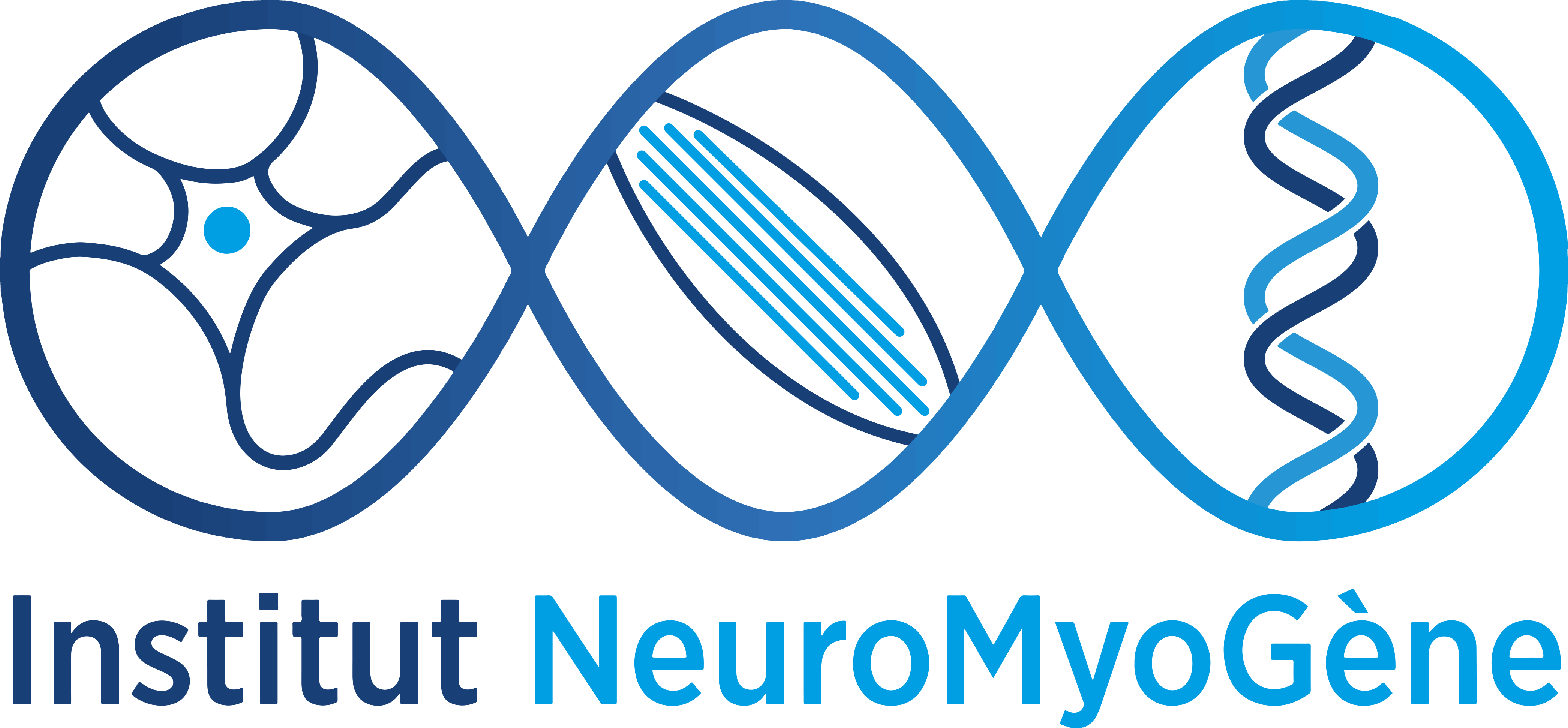The team “Fundamental and pathophysiological mechanisms involved in ataxias” directed by Hélène Puccio has been awarded a FRM grant for the project: ” AtaxiaXplorer: Common pathways underlying Purkinje neuron degeneration in Cerebellar Ataxias ”.
Our overall objective is to identify common pathways underlying cerebellar cell-type vulnerability across cerebellar ataxias, with a major focus on Purkinje neurons. To this end, we will: i) determine single-cell RNA expression profiles in cerebellum and bulk expression profile from isolated Purkinje neuron nuclei of two representative mouse models to further define cell-specific signatures in AtaxiaXplorer; ii) assemble and curate multi-omic data from in-house mouse models and publicly available data from different studies on cerebellar ataxia mouse and human samples to generate for the first time an integrative web-based ataxiaXplorer platform; iii) following data integration and mining, use genetic or pharmacological approaches to validate and intervene on selected critical pathways underlying Purkinje neuron degeneration in our two mouse models. From this study, we expect to identify central players involved in cerebellar degeneration, with a specific focus on Purkinje neurons, that will be potential targets for long-term development of drug, which may prove beneficial in the treatment of several cerebellar ataxia.
This project is a collaboration between the team of Hélène Puccio and the team of Bianca Habermann (Institute of Developmental Biology of Marseille).
If you are interested in joining the project as a post-doctoral fellow or PhD student, please do not hesitate to contact us (helene.puccio@univ-lyon1.fr).

